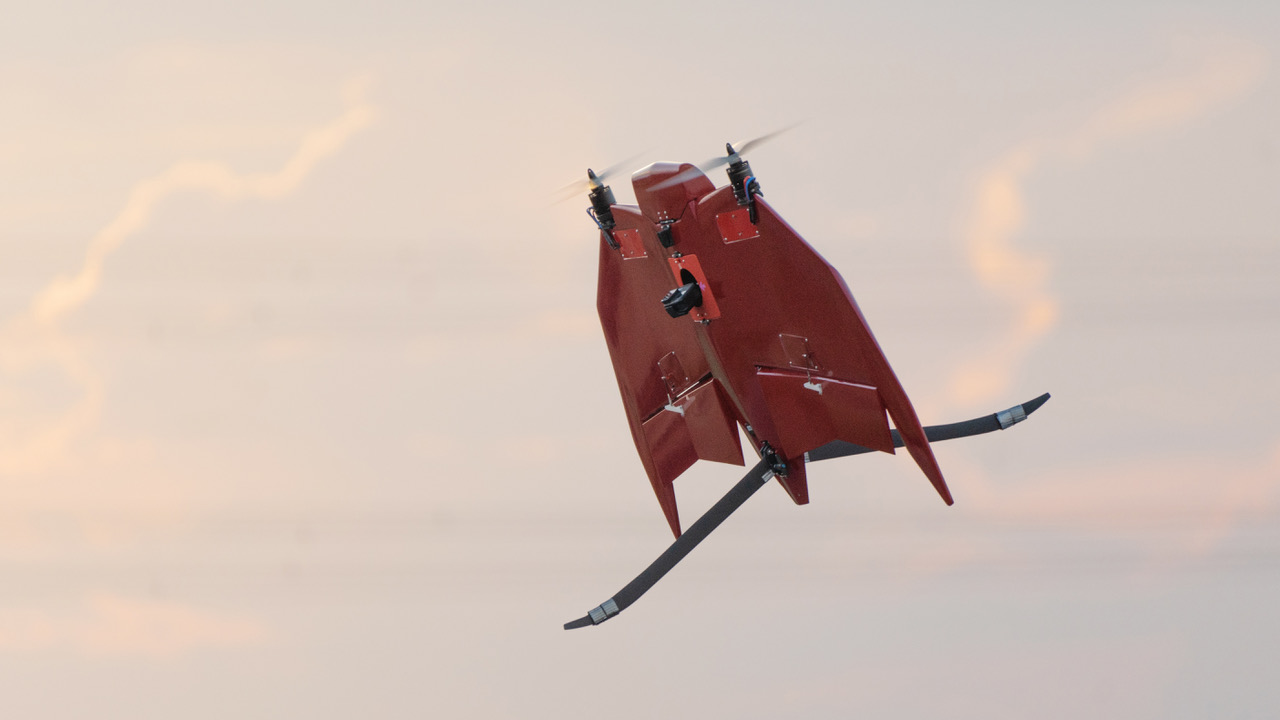
Composite specialist Cobra International has expanded its development and manufacturing partnership with Thai drone manufacturer HG Robotics.
According to the company, it has worked with HG since 2018, making composite components for their multi-rotor unmanned aerial vehicles (UAVs). More recently Cobra has developed composite parts for Vetal, a twin rotor, tail sitting, vertical take-off and landing (VTOL) drone suitable for large scale agricultural surveys and general surveillance monitoring.
Initially, HG Robotics had produced prototypes using a more traditional UAV construction technique of thin composite skins, with ribs and frames supporting the hollow structure. However, although these early aircraft performed well in flight, there were concerns that the construction approach used would not be able to meet all the project requirements relating to durability, production rate and price, Cobra said.
Cobra designed a hybrid carbon fiber composite flying wing with both hollow and cored sections, with the main body of the aircraft comprising a polyvinyl chloride (PVC) foam sandwich shell with a low density expanded polystyrene (EPS) foam rib which, combined with a fully foam cored tail structure, was fractionally lighter than HG’s target.
The new build method also improved the impact resistance and overall durability of the VETAL platform, according to the company.
To reduce weight, a combination of carbon fiber stitched biaxial fabrics and UD reinforcements were used wherever possible, with additional glass fiber reinforced sections of laminate being employed where radio-transparency or insulation from metallic parts were required.
The COBRA production engineers were also been able to incorporate glass fiber reinforcements and mounting points for the Vetal’s propulsion system and other ancillary equipment into the molding process, reducing additional processing steps in the assembly and finishing stages.
This story uses material from Cobra, with editorial changes made by Materials Today.






